SUMMARY
This is AI generated summarization, which may have errors. For context, always refer to the full article.
![[ANALYSIS] Banton massacre uncovered](https://www.rappler.com/tachyon/2023/02/TL-Banton-massacre-uncovered-February-24-2023.jpg)
Not all the atrocities in World War II were committed by the Japanese. On the evening of October 28, 1944, scores of Japanese soldiers, unarmed survivors from a sunken troopship, were brutally murdered by the residents of the small island of Banton in the Sibuyan Sea.
World War II in the Philippines is not well remembered. A national holiday on April 9, the Day of Valor, commemorates the heroic defense of Bataan and its tragic aftermath. The school curriculum is not much more informative. A recent exhibit staged in Fort Santiago, “Remembering World War II,” was a rare retelling of the resistance and sacrifice experienced over the three and a half years of Japanese Occupation, when maybe as many as a million Filipinos – one in every seventeen – lost their lives.
In this official story, the Japanese are uniformly brutal. They loot, burn, and behead. In contrast, Filipinos are the selfless defenders of the motherland and patriots who gallantly “stand up” to the enemy. It is a very black-and-white story, and there is little inclination to probe the grey areas that inevitably arise during such a conflict. Therefore, the online publication of the Historical Data Papers (HDP) by the Philippine National Library provides a refreshingly new window into the wartime past.
The HDP tell a somewhat different story about World War II than that on show at Fort Santiago or in schoolbooks. Complied by order of then-President Elpidio Quirino in 1951, these histories reveal what it was like living under the Japanese Occupation in every barrio, town, city, and province of the country. How many rural people hid American servicemen at great risks to their own lives, how women used rancid coconut oil in their hair to deter unwanted attention from enemy soldiers, and how guerrillas “stole” food and animals in much the same way as did the Japanese. Among the many accounts of pillage, torture, and murder committed by the occupying forces, there are other tales that hint at a darker history in which the villains were not always the Japanese.
The massacre on Banton Island is one such story. Today the island is a thriving municipality off the southern tip of Marinduque with a population of under 5,500 and an economy largely dependent on copra. During World War II, the municipality was known as Jones. It was considered of little military or economic importance and may not even have had a permanent Japanese garrison. In any event, enemy patrols were rare and usually only stayed for a few hours or days. It must have come as a very unwelcome surprise to the island’s residents, therefore, when 65 Japanese troops swam ashore after their ship was sunk by American bombers in October 1944.
The US 6th Army had only landed on Leyte the week before and maybe news of this event emboldened Jones’ inhabitants. Some of the Japanese who made it to the island were also wounded. All were unarmed – accounts are certain about this. The survivors were lodged that night in the municipal hall.
What happened next is the subject of conflicting reports. A misunderstanding, maybe, over some missing military papers led to a fracas with locals in which some soldiers were wounded or even killed. Whatever the reason, it prompted Jones’ mayor, Eugenio Saluba, to order that the Japanese be “liquidated.” The mayor sent couriers to all the island’s barrios instructing men to come to town that night and bring with them their bolos.
The following morning, a large crowd attacked the municipal building where the Japanese were sheltering, raining down stones on those within. The soldiers put up no resistance and promptly surrendered. They were unarmed, probably hungry, some were wounded, and all must have been traumatized by their experience of escaping the burning ship the previous day. They were bound, hands tied behind their backs, and then, one by one, the soldiers were clubbed or boloed to death – all 65 of them.
These events are described without any sense of embarrassment or retrospective expression of guilt. In fact, it is clear, the locals were proud of what they had done. Nor was the massacre on Banton Island a completely isolated event. Even within the province of Romblon, the HDP mention two other occasions when unarmed and wounded Japanese soldiers were put to death: five downed airmen on Sibuyan Island and seven soldiers fleeing from Panay on Tablas Island.
The truth is that not all heroes were heroes and not all villains were villains – or at least not all the time. Guerrilla fighters summarily executed suspected collaborators and stole from hungry villagers. Japanese soldiers were also the hapless victims of what today would be regarded as war crimes. And there are others, too, who do not fit straightforwardly into any safe historical narrative. The Ganap, for one, the pro-Japanese militia, whose members were subsequently slaughtered by fellow countrymen as the tides of war changed.
The past can make uncomfortable reading. The HDP are an incredibly rare historical source, providing a grassroot, bottom-up, local, and above all rural account of what happened in World War II. If the stories they tell challenge widely accepted representations of the past, it is because the storytellers are not those who usually commission or write the schoolbooks. Thankfully, their voices have been preserved; maybe, now, it is time (and safe) to listen to what they have to say. – Rappler.com
1 comment
How does this make you feel?
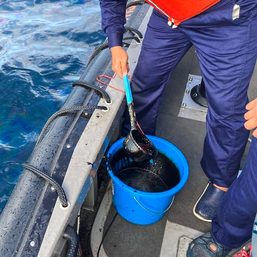





![[OPINION] From ‘Puyat’ to ‘Tulog’: Clout-chasing street signs disrespected history](https://www.rappler.com/tachyon/2024/07/gil-puyat-july-26-2024.jpg?resize=257%2C257&crop=389px%2C0px%2C1080px%2C1080px)


![[Time Trowel] Yamashita gold is a myth, and treasure hunting is not archeology](https://www.rappler.com/tachyon/2024/06/myth-yamashita-treasure-june-14-2024.jpg?resize=257%2C257&crop=435px%2C0px%2C1080px%2C1080px)

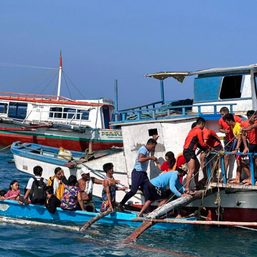
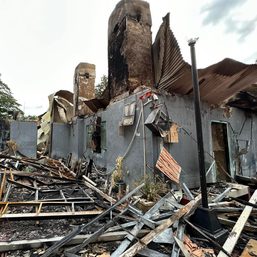
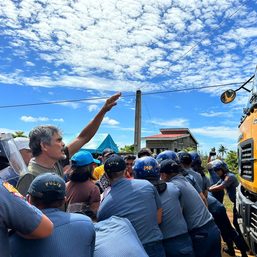
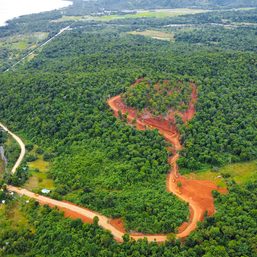
“Not all the atrocities in World War II were committed by the Japanese,” sure, but they committed the vast majority of them.
It is understandable for the victims of the Japanese Imperial Army to enact justice for the invaders’ pillaging, torturing, and murdering of their countrymen.